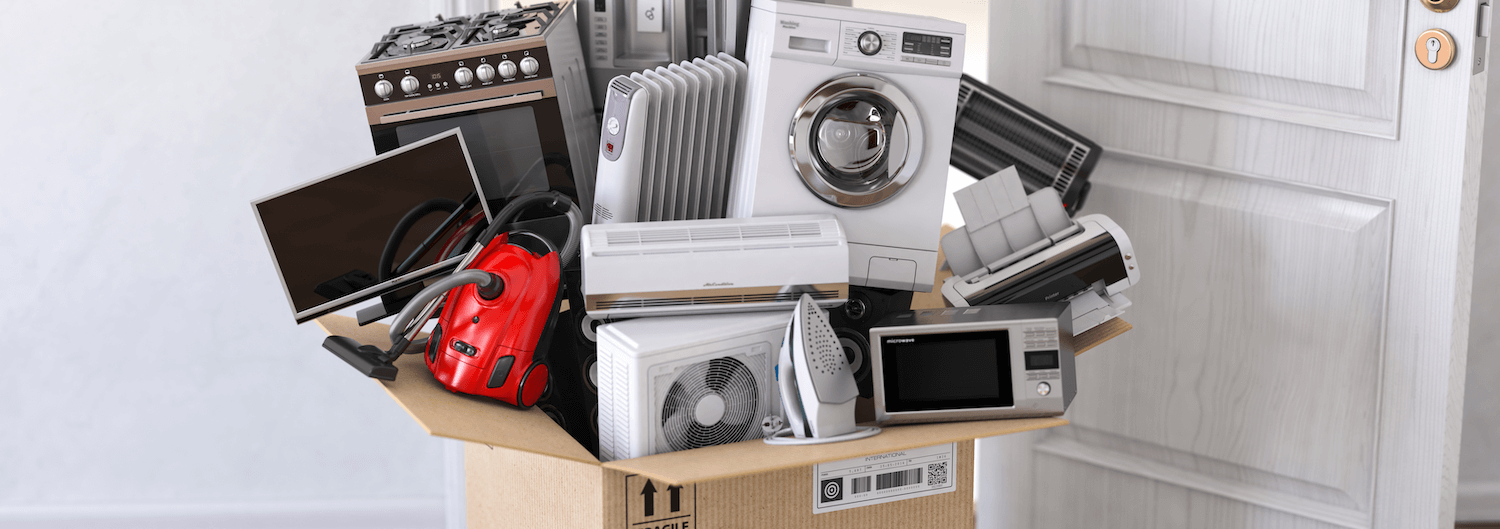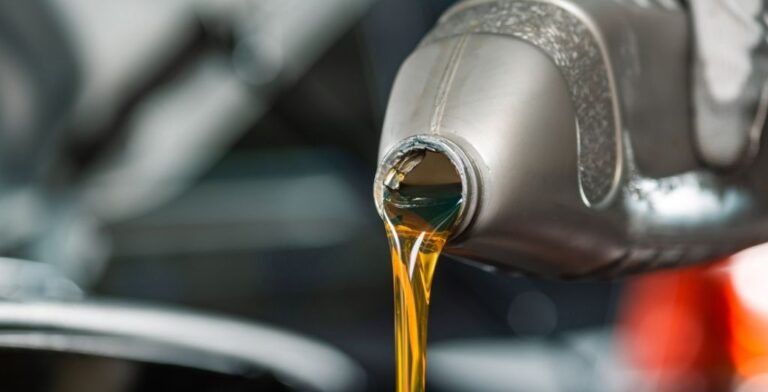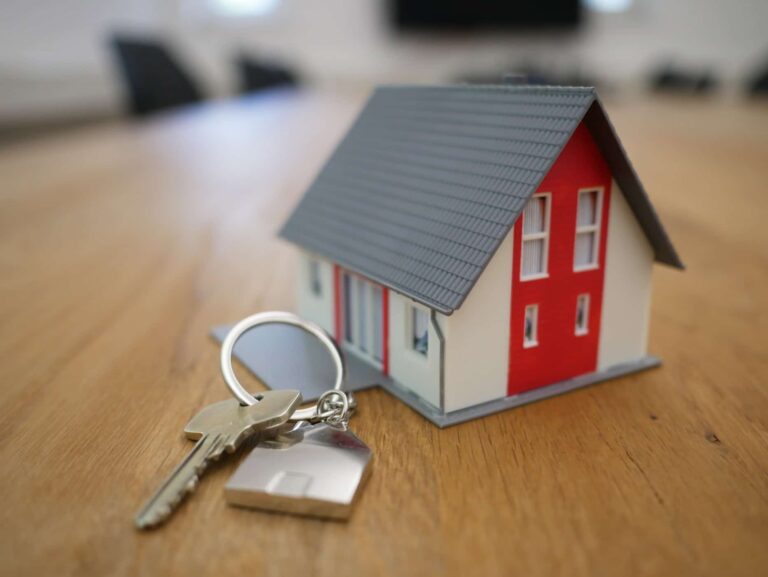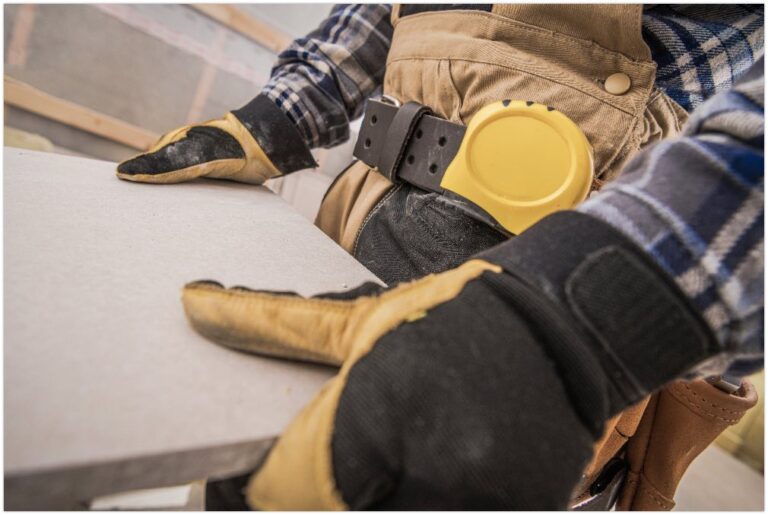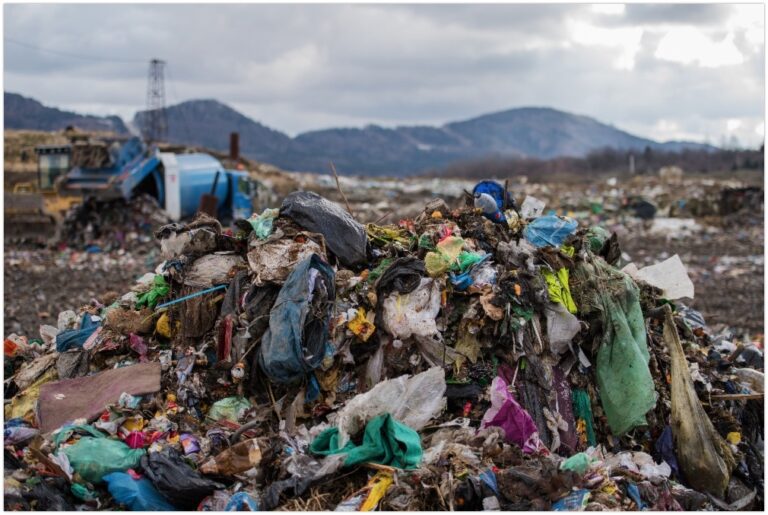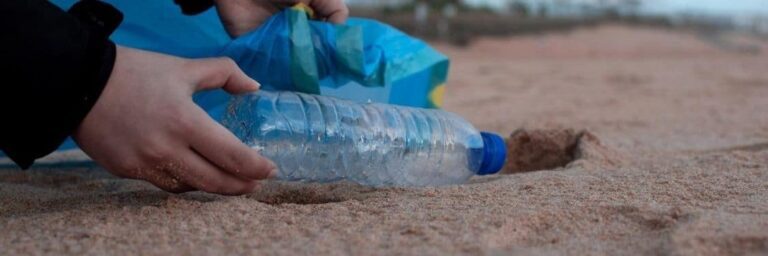Due to our incessant advancements in technology, a lot of the things we have now are powered by electricity. These items are classified as electrical items and are not restricted to things that you need to plug into an electrical outlet. Electronic devices that are powered by batteries, whether rechargeable or not, are also under this category. Unarguably, electrical products make our life easier and more convenient. However, like any other valuable item, their usefulness also has an end. That’s when we call them electrical rubbish.
What is Electrical Rubbish?
Electrical products are characterised by plugs, batteries, and electrical cable. As their name implies, they are powered by electricity that is either actively flowing from electrical sockets or stored in batteries. Electrical rubbish, on the other hand, is electrical items that you discard because they are no longer wanted or serviceable.
Types of Electrical Rubbish
The many electrical items we have nowadays can be categorised into various types. We have enumerated below the most common types of electrical wastes.
Large Household Appliances
Household appliances are bulky items that you plug into an electrical outlet in order to work. This includes air conditioners, heaters, electric fans, refrigerators, freezers, microwaves, electric hot plates, washing machines, dishwashers, electric cookers and stove, televisions and other home entertainment devices.
Small Household Appliances
This type of e-waste is smaller but are also plugged into outlets. Examples of this are vacuum cleaners, irons, water dispensers, toasters, blenders, fryers, coffee makers, hair irons, hair curlers, blow dryers, sewing machines and electric shavers.
Office Machines
Of course, there are also electrical equipment found in the office such as computers, typewriters, fax machines, photocopiers, telephones, projectors, and calculators,
Information technology (IT) and Telecommunications Devices
This e-waste category comprises desktop computers, laptops and accessory devices such as computer monitors, keyboards, mice, printers, scanners, photocopiers, circuit board and hard drives. Telephones, cellular phones, smartphones, radio devices and video cameras also belong in this category.
Consumer Utilities
Electrical items that go under this category are equipment and tools that you use for specific tasks such as electric toothbrushes, shaving devices, sewing machines, lawnmowers, electric drills, screwdrivers, saws, and other electrical tools.
Toys, Leisure and Sports Equipment
Battery-operated toys like robots, dolls, cars and trains as well as video games, consoles, gaming computers and arcade machines are part of this e-waste category. Likewise, gym and sports equipment such as treadmills, stationary bicycles and rowing machines are also considered under this classification.
Health and Medical Equipment
It’s important to clarify that electronic rubbish included in the health and medical equipment category does not include those that have been infected and contaminated. Items that are under this type include stethoscopes, dialysis machines, radiotherapy equipment, scanners and imaging equipment, and medical and laboratory equipment for the diagnosis, prevention, treatment, monitoring, and curing of injuries, sickness, and disabilities.
How to Properly Segregate Electrical Rubbish
Electrical rubbish poses environmental and health hazards. That’s why it’s important that you discard them properly and sustainably. In order to achieve so, the first thing you must do is to segregate your waste, and then categorise your electrical rubbish according to the classifications above. Once you have everything sorted, you can deal with your electrical rubbish by:
Disposing of them
You must immediately discard in the right bin e-wastes that have leaked or have been contaminated. You can no longer reuse or recycle them because they are toxic and harmful to human health.
Repairing and then reusing, selling, or donating them
If your electrical rubbish is still reparable, you can bring them to repair shops so that they can be serviceable again. Once they have fixed your electrical devices, you can either use them again, sell them, or donate them to charity.
Recycling
Electrical rubbish is recyclable. There are a lot of recycling facilities in Sydney who accepts old and broken electronic devices for reprocessing. You can send your e-waste to recycling centres, events, and recycling drop-off points so that they can reprocess and use the valuable components of your electrical rubbish again.
Paul’s Rubbish Removal is one of the most reliable rubbish removal providers in Sydney. We have a reputation when it comes to sustainable and environment-friendly handling of all types of rubbish. Our professional rubbish removalists can efficiently and correctly sort and collect virtually all kinds of wastes. We also have our own trucks for taking away your rubbish to landfills and our partner recycling facilities.
At Paul, you’ll have nothing to worry about. You can enjoy your day, while we’re busy handling your rubbish. From large household appliances to small ones, you can rest assured that we have the best people and tools for those. Call us now at 0407 125 125 for bookings and enquiries.
